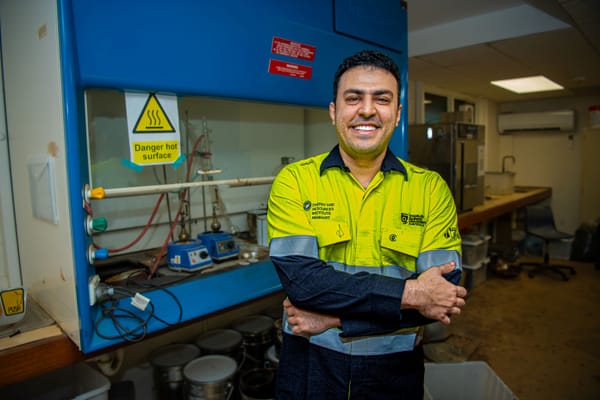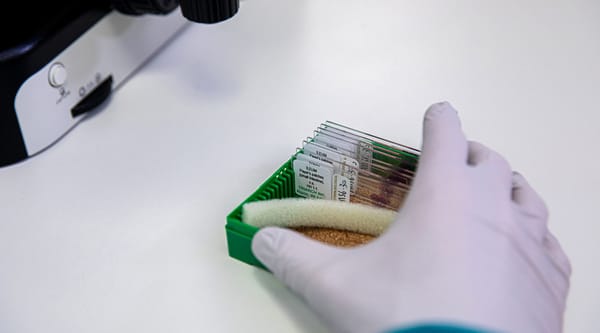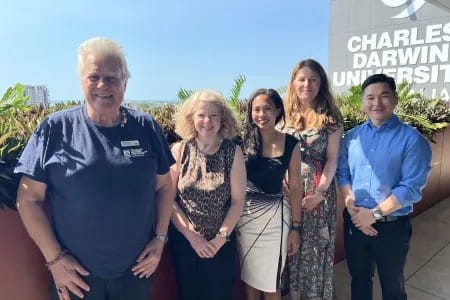Follow the leader: How the science of migrating fish can build better communities
In the tropical waters around Fiji, Macquarie University scientists are collaborating with local communities to implement marine connectivity science strategies to improve the resilience of small-scale fisheries in the region.
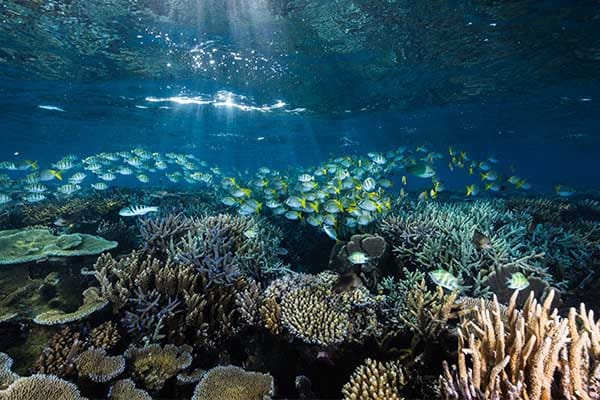
First published by Macquarie University
In the tropical waters around Fiji, Macquarie University scientists are collaborating with local communities to implement marine connectivity science strategies to improve the resilience of small-scale fisheries in the region.
Connectivity science, in part, focuses on understanding species’ movement patterns that are crucial for their long-term survival. This includes identifying where animals migrate to new habitats to thrive and reproduce.
Years of research have shown that protecting and restoring species connectivity is key to maintaining biodiversity and healthy ecosystems.
In many developing countries that rely heavily on coral reef fisheries, protecting critical aspects of reef fish movement is essential for the sustainability of small-scale fisheries crucial to the livelihood of local communities.
Yet the gap between evidence-based science and management actions on the ground can be wide, especially in developing countries with a high reliance on natural resources and high poverty levels.
New research led by Luisa Fontoura and Joseph Maina from Macquarie University’s Faculty of Science and Engineering seeks to bridge this gap with a framework to support fishing communities by protecting marine species movement.
Traditional knowledge meets science
Their study, Mainstreaming connectivity science in community-based fisheries management, published in Nature Sustainability, builds on earlier research and outlines a six-step approach that aligns local management practices with ecological processes to create resilient small-scale fisheries.
“The framework proposed recognises the complex interactions between social and ecological networks, which we need to untangle to get the most out of conservation areas,” Dr Maina says.
In many developing countries in tropical regions, community-based managed areas (CBMAs) are used to manage fisheries, primarily because of challenges with centralised governance approaches.
Dr Fontoura says these countries would benefit from implementing connectivity conservation into fisheries management practices.
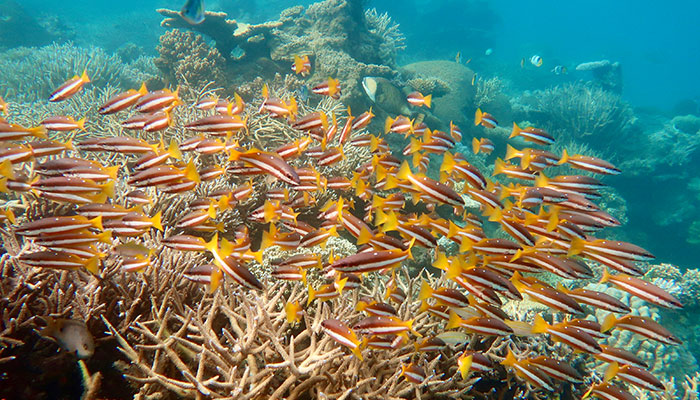
However, making connectivity work is not easy and moving from scientific papers to real-world action needs a big shift in how science is used.
Dr Fontoura says the spatial scale and direction at which fish species disperse and migrate (tens to hundreds of kilometres) may require aligning and coordinating fisheries management approaches across local and regional scales.
The framework emphasises blending cultural and resource use practices and traditional knowledge on fish movement with Western science - such as genetics and biophysical models - to map marine species connectivity and design conservation tools.
“Through participatory research, scientists in collaboration with local communities can help unveil the ecological links between communities and demonstrate potential benefits under different management scenarios,” Dr Fontoura says.
Fijian case study paving the way
A crucial step in implementing connectivity conservation in countries that rely on small-scale fisheries is to map fish connectivity across fishing grounds to uncover potential ecological links connecting local communities.
However, funding for connectivity science has been limited, especially when compared to developed countries.
“Mapping fish movement and dispersal is a complex task that requires scientific methods that tend to be expensive,” Dr Fontoura says.
- What you'll discover at the new Pompeii exhibition: a review
- Why some birds divorce and others partner for life: new research
Currently, the research team is working on implementing the framework in the tropical waters of Fiji, where small-scale fisheries are crucial for supporting local livelihoods.
As part of a three-year project, a team led by Dr Fontoura in collaboration with the Fijian Locally Managed Marine Areas Network and the University of South Pacific are mapping fish connectivity patterns in Fiji.
“We aim to understand how the benefits of implementing conservation actions in certain reef locations can cascade into a network of fishing grounds connected by fish movement,” she says.
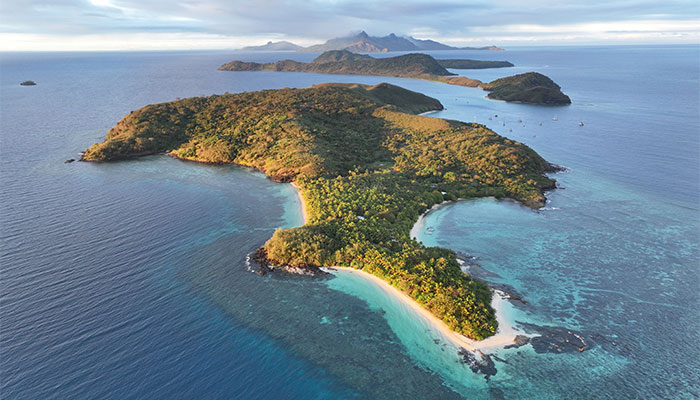
Potential conservation activities include protecting important fish aggregation locations for reproduction, defining a network of permanent no-take zones - where fishing is not allowed – that are connected through fish larval dispersal and protecting reef locations that can provide fish larval subsidies to fished areas.
In the long term, the success of management decisions that incorporate connectivity science will depend on stakeholders working together and using their diverse knowledge and resources.
“This way we can create a sustainable future for both marine ecosystems and the communities that depend on them,” Dr Fontoura says.
Dr Luisa Fontoura is a research fellow in the School of Natural Sciences at Macquarie University.

